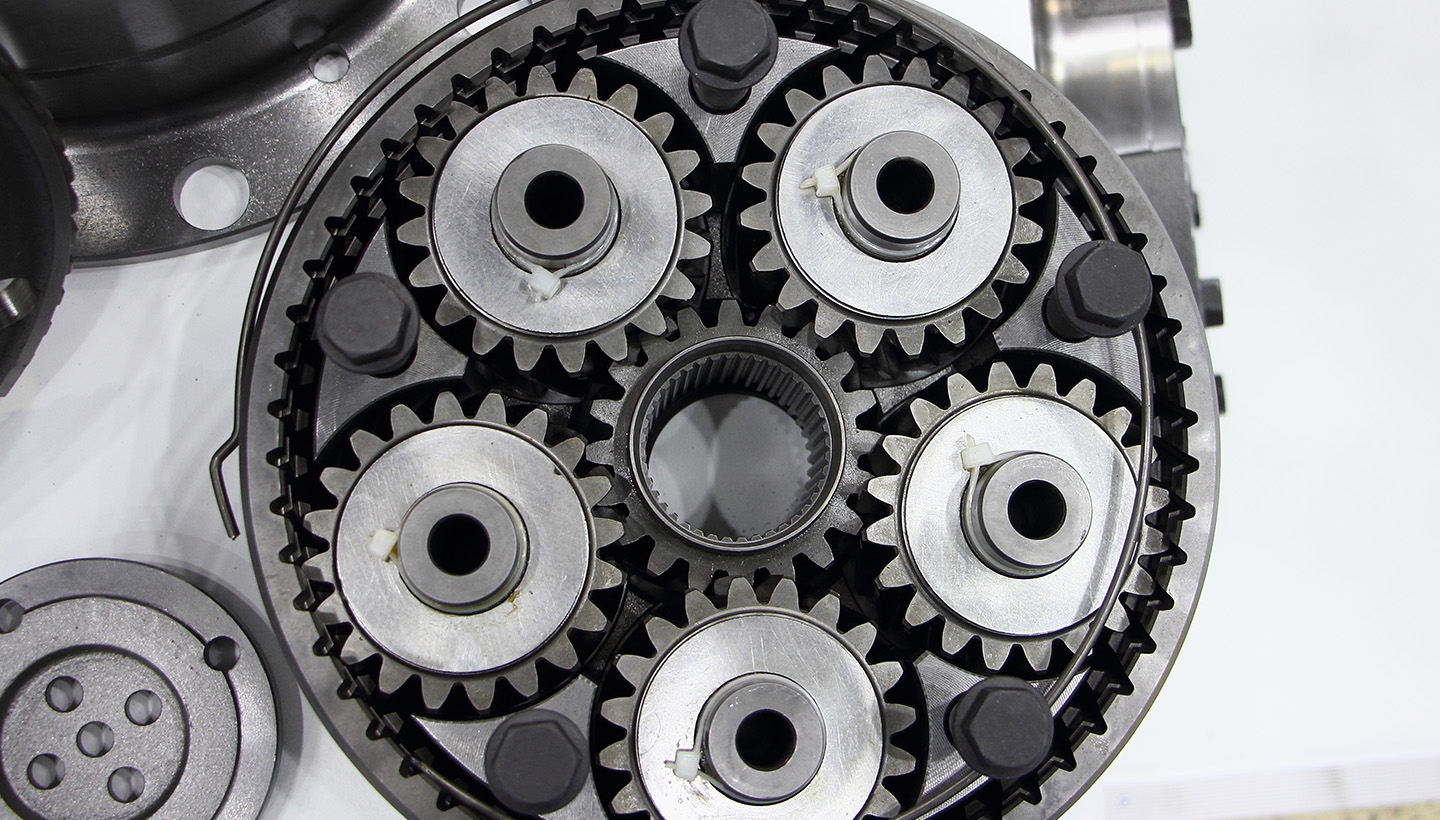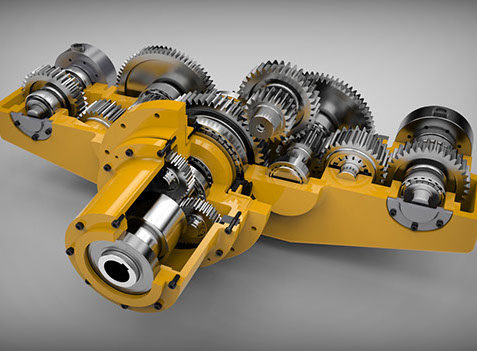Product Description
We are supplier of S-a-n-y / CHINAMFG / Konecranes / CHINAMFG / Fantuzzi / CVS container reach stacker and empty container handling stacker spare parts.
We also have Volvo engine spare parts and Donaldson filters.
We can supply both genuine and CHINAMFG parts.
If any other inquiries please send to me.
Kalmar Planetary Gear
Joystick
Kalmar Length sensor
DANA Repair kit
Donaldson Filter
Fantuzzi Floating seal
Kalmar Hydraulic pump
Konecranes Potentiometer
Linde Bearing
Parker Solenoid valve
VOLVO Water pump
S-a-n-y / CHINAMFG / Konecranes / CHINAMFG / Fantuzzi / CVS port machinery empty container reach stacker spare parts, Kalmar,Konecranes,S-a-n-y,Linde,Fantuzzi,Dana,Parker,Volvo,TVH,Donaldson,Fleetguard spare parts and so on.
If you need these, please contact me.
Any inquiries about port machinery spare parts, please send to me without hesitation.
| Type: | Bearing |
|---|---|
| Application: | Hoisting Machinery |
| Condition: | New |
| Parts Name 1: | Plate Pressure |
| Parts Name 2: | Hub Nut |
| Parts Name 3: | Adjac End Jumper Implement |
| Customization: |
Available
| Customized Request |
|---|

What is the significance of the gear ratio in planetary gear arrangements?
The gear ratio plays a significant role in planetary gear arrangements, offering several key advantages and applications. Let’s explore the significance of the gear ratio:
- Speed Control:
The gear ratio in planetary gear arrangements allows for precise speed control. By adjusting the sizes and numbers of teeth on the sun gear, planet gears, and ring gear, different gear ratios can be achieved. The gear ratio determines the relationship between the input speed and the output speed. By changing the gear ratio, the speed of the output shaft can be increased or decreased relative to the input speed. This speed control capability is crucial in various applications, such as automotive transmissions, industrial machinery, and robotics, where specific speed requirements are necessary for optimal performance.
- Torque Amplification:
The gear ratio also enables torque amplification in planetary gear arrangements. By fixing the ring gear and inputting power to the sun gear, the planet gears rotate and contribute to multiplying the torque. The gear ratio determines the extent of torque amplification. This torque amplification feature is beneficial in applications that require higher torque output while maintaining a smaller physical size. It allows for increased torque transmission without the need for larger and heavier gear systems.
- Multiple Speeds:
Another significance of the gear ratio is the ability to achieve multiple speeds within a single gear system. Planetary gears offer the advantage of having multiple gear sets within a compact arrangement. By combining different gear ratios using various combinations of sun gears, planet gears, and ring gears, it is possible to obtain multiple output speeds. This versatility is useful in applications that require variable speed control or the ability to switch between different operational modes.
- Power Distribution:
The gear ratio also influences power distribution in planetary gear arrangements. As torque is transmitted through the gears, the gear ratio determines how the power is distributed among the different components. By adjusting the gear ratio, it is possible to distribute power more evenly or concentrate it on specific gear elements. This power distribution capability allows for optimized performance and load-sharing in the gear system.
- Efficiency and Mechanical Advantage:
The gear ratio affects the efficiency and mechanical advantage of planetary gear arrangements. The gear ratio determines the trade-off between speed and torque. Increasing the gear ratio results in higher torque output but lower speed, while decreasing the gear ratio yields higher speed but lower torque. By selecting the appropriate gear ratio, it is possible to achieve the desired balance between speed and torque while maximizing the overall efficiency of the system.
In summary, the gear ratio in planetary gear arrangements is significant for speed control, torque amplification, achieving multiple speeds, power distribution, efficiency, and mechanical advantage. Understanding and selecting the appropriate gear ratio is crucial for optimizing performance and meeting the specific requirements of different mechanical setups.

How do planetary gears contribute to speed reduction and torque amplification?
Planetary gears offer the capability of both speed reduction and torque amplification, making them versatile components in various mechanical systems. Let’s explore how planetary gears achieve these functions:
- Speed Reduction:
Planetary gears can reduce rotational speed by utilizing their gear arrangement. The key elements involved in speed reduction are the sun gear, planet gears, and ring gear. Consider the following scenarios:
- Epicyclic Gear Set:
In a basic planetary gear arrangement, when the sun gear is used as the input and the ring gear is fixed, the planet gears rotate on their own axes while also revolving around the sun gear. This configuration causes the output speed to be lower than the input speed. The reduction in speed is determined by the gear ratios between the sun gear, planet gears, and ring gear.
- Multiple Stages:
Planetary gears can be combined into multiple stages, with each stage having its own set of sun gears, planet gears, and ring gears. By connecting the output of one stage to the input of another, the rotational speed can be further reduced. This allows for greater flexibility in achieving the desired speed reduction in complex mechanical systems.
- Torque Amplification:
Planetary gears are also capable of amplifying torque, enabling them to handle higher loads and provide increased output torque. The torque amplification occurs in the following scenarios:
- Epicyclic Gear Set:
When the sun gear is used as the input and the ring gear is the output, the planet gears rotate on their own axes while also revolving around the sun gear. This arrangement allows for torque amplification, meaning the output torque can be higher than the input torque. The specific torque amplification factor depends on the gear ratios and the number of planet gears in the system.
- Combination of Gear Stages:
By combining multiple stages of planetary gears, torque amplification can be further increased. Each stage contributes to the overall torque amplification, allowing the system to handle even higher loads and transmit greater torque.
In summary, planetary gears contribute to speed reduction by utilizing the gear ratios between the sun gear, planet gears, and ring gear. They achieve torque amplification by utilizing the arrangement of the gears in an epicyclic gear set, as well as through the combination of multiple gear stages. These capabilities make planetary gears valuable in various applications where speed reduction and torque amplification are required, such as automotive transmissions, industrial machinery, and power transmission systems.

What is the purpose of using planetary gears in machinery?
Planetary gears serve several important purposes in machinery and mechanical systems. Let’s delve into the key purposes and benefits of using planetary gears:
- Gear Ratio Variation:
One of the primary purposes of planetary gears is to achieve different gear ratios. By varying the number of teeth on the sun gear, planet gears, and ring gear, a wide range of gear ratios can be obtained. This flexibility enables machinery to adapt to varying speed and torque requirements, allowing for precise control and efficient power transmission.
- Torque Amplification:
Planetary gears are known for their ability to amplify torque. The arrangement of multiple gear sets in a compact design allows for torque multiplication. This can be particularly beneficial in applications where high torque is required while maintaining a smaller form factor. Planetary gears can efficiently transmit torque and handle heavy loads.
- Compact Size:
Another advantage of planetary gears is their compact size. The internal gear meshing and the integration of multiple gear sets within a single gear system contribute to their space-saving design. This compactness is valuable in machinery where space constraints are a consideration, enabling the design of more compact and lightweight systems.
- High Efficiency:
Planetary gears are known for their high efficiency in power transmission. The internal gear meshing and the distribution of load across multiple gear teeth result in efficient torque transfer with minimal power loss. This efficiency is crucial in machinery where energy conservation and optimization are important factors.
- Directional Control:
Planetary gears allow for bidirectional power transmission. By controlling the direction of rotation of the input and output elements, the direction of rotation in the machinery can be easily changed. This feature is useful in applications that require reversing the direction of rotation or changing the rotational direction without the need for additional mechanisms.
- Shock Absorption:
The arrangement of multiple gears in a planetary gear system provides inherent shock-absorbing capabilities. The distributed load between the gear teeth helps to dampen vibrations and absorb shocks, contributing to smoother operation and reduced wear on the system components.
- Application Versatility:
Planetary gears find applications in a wide range of machinery and mechanical systems. They are commonly used in automotive transmissions, industrial machinery, robotics, aerospace systems, power generation equipment, and more. The versatility of planetary gears stems from their ability to provide precise control, compactness, high torque transmission, and efficient power transmission.
In summary, the purpose of using planetary gears in machinery is to achieve variable gear ratios, amplify torque, maintain compact size, ensure high efficiency in power transmission, enable bidirectional control, absorb shocks, and provide versatility for various applications. The unique characteristics of planetary gears make them valuable components in diverse machinery and mechanical systems.


editor by CX 2023-11-03